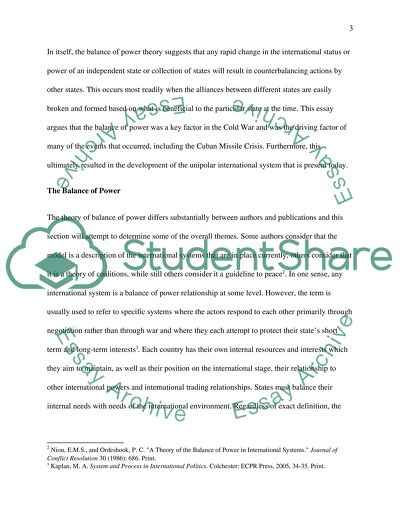Cite this document
(“The Balance of Power during the Cold War Essay Example | Topics and Well Written Essays - 3250 words”, n.d.)
Retrieved from https://studentshare.org/history/1442509-write-a
Retrieved from https://studentshare.org/history/1442509-write-a
(The Balance of Power During the Cold War Essay Example | Topics and Well Written Essays - 3250 Words)
https://studentshare.org/history/1442509-write-a.
https://studentshare.org/history/1442509-write-a.
“The Balance of Power During the Cold War Essay Example | Topics and Well Written Essays - 3250 Words”, n.d. https://studentshare.org/history/1442509-write-a.


